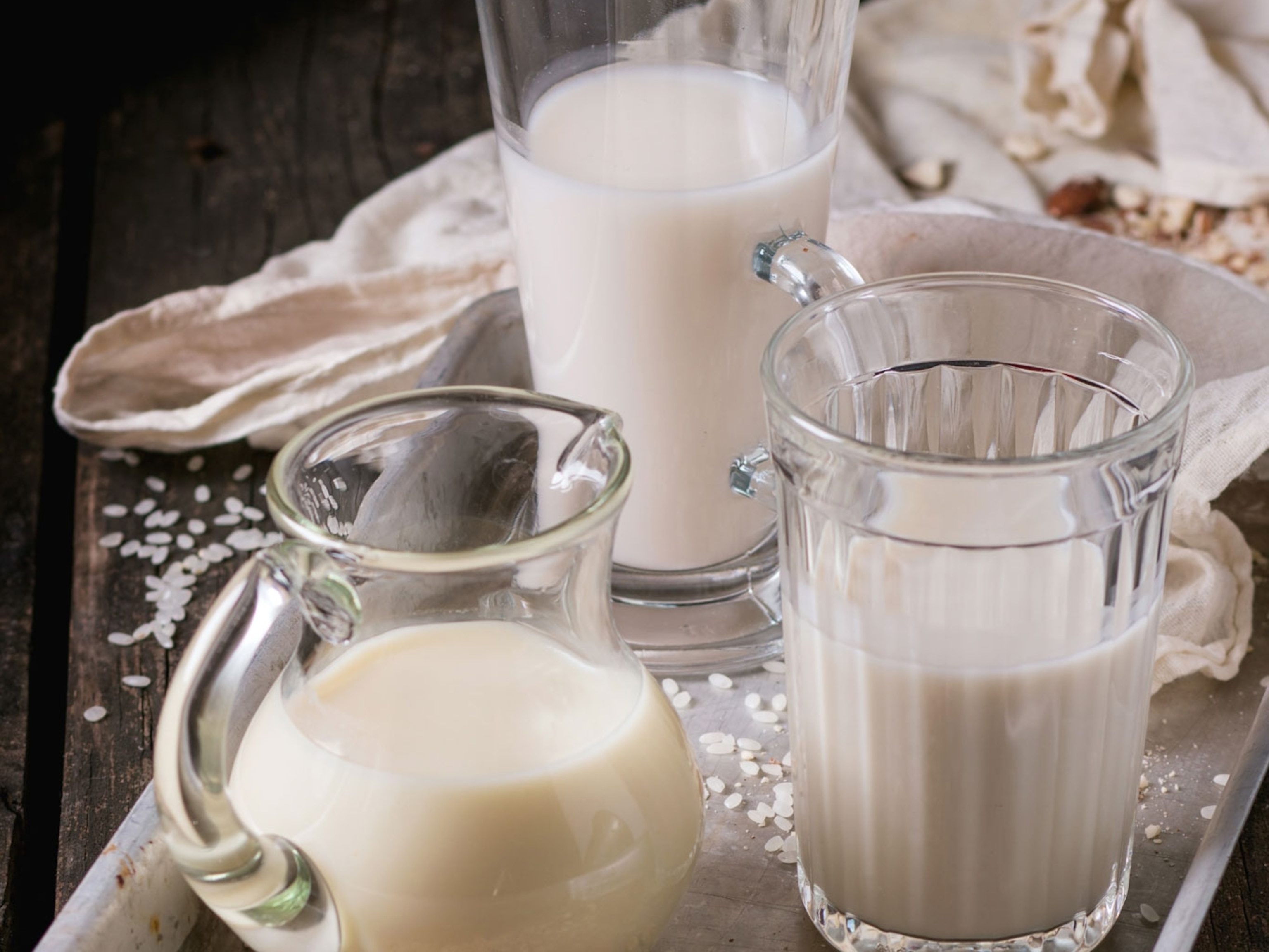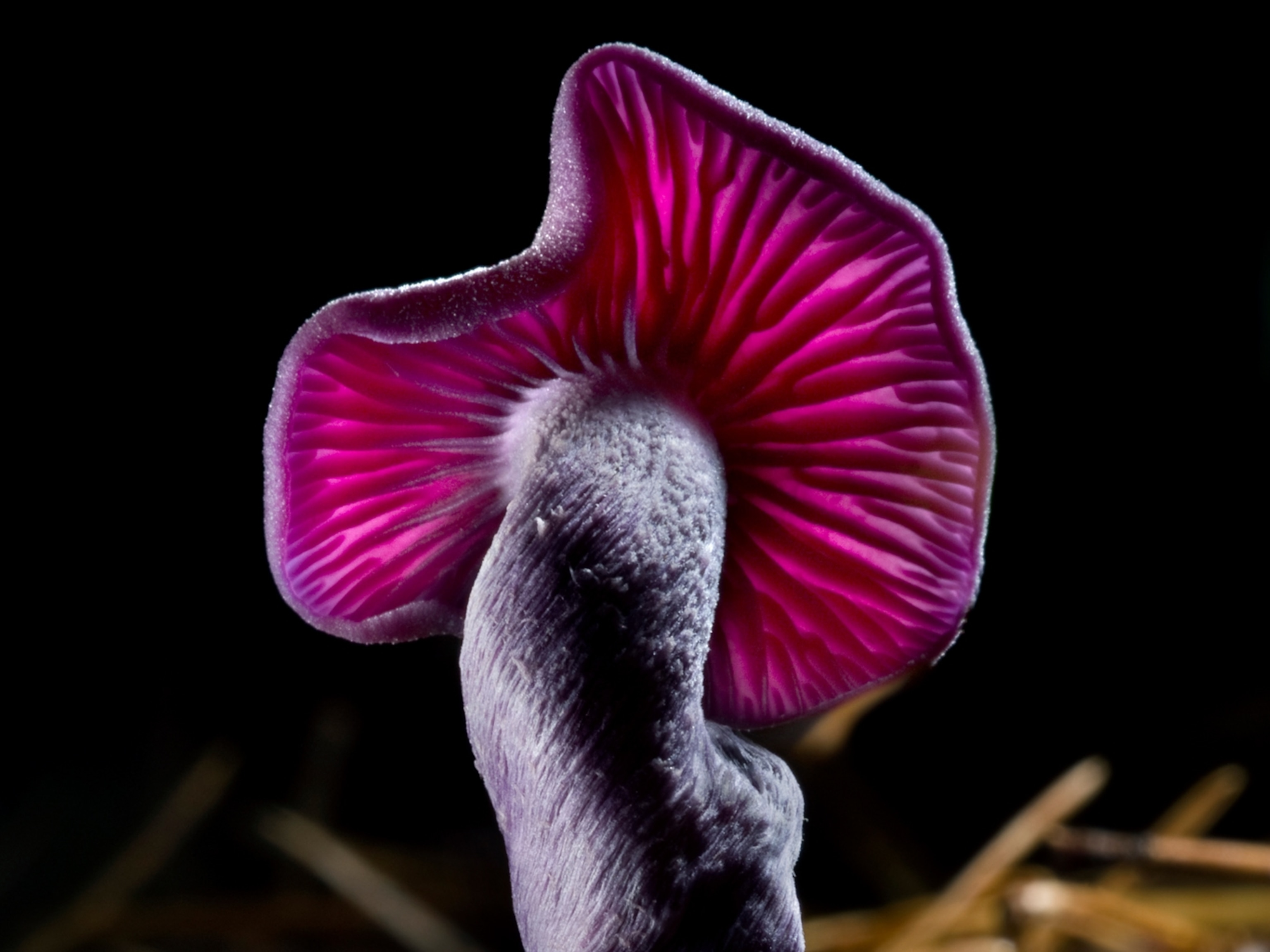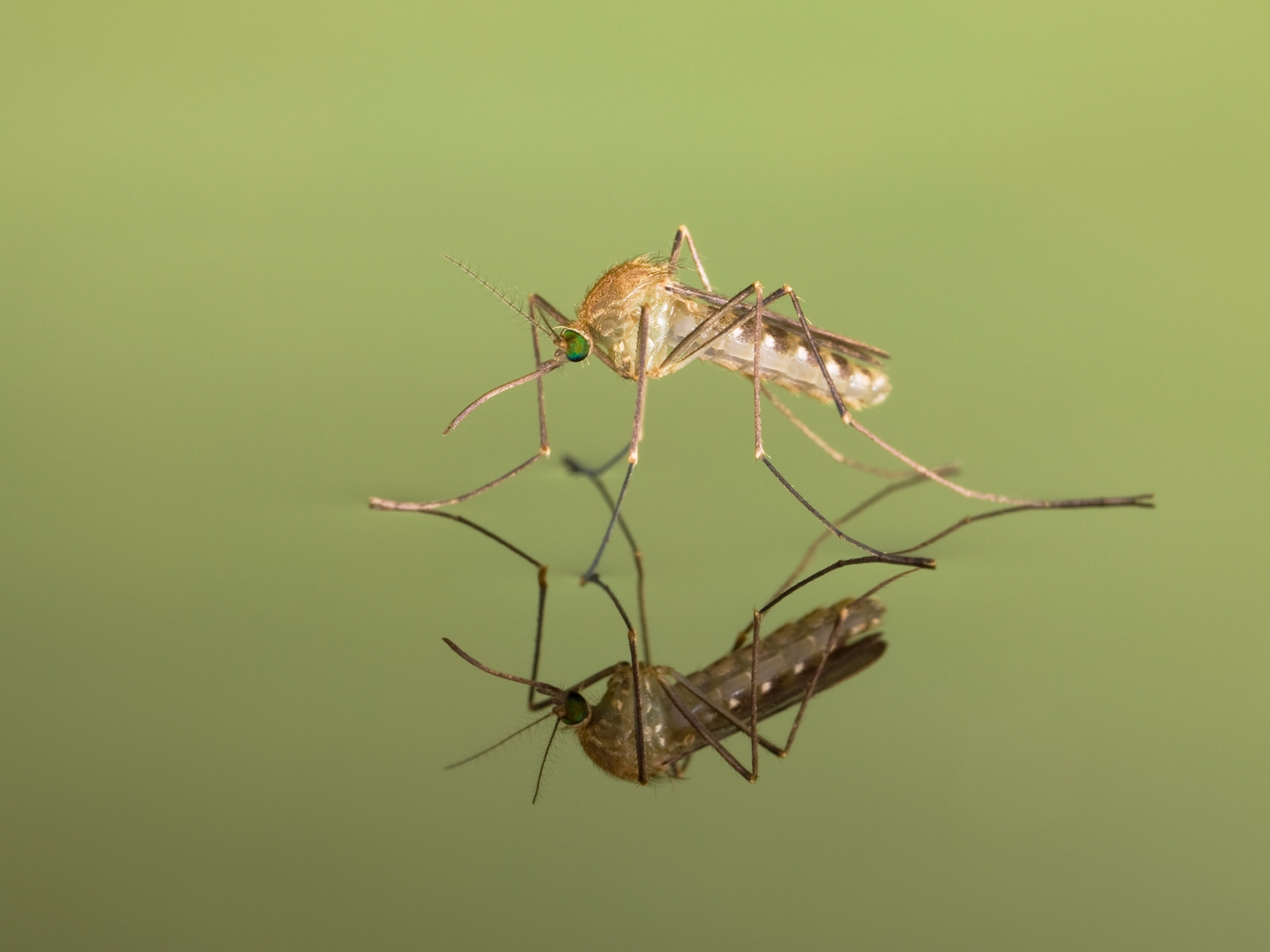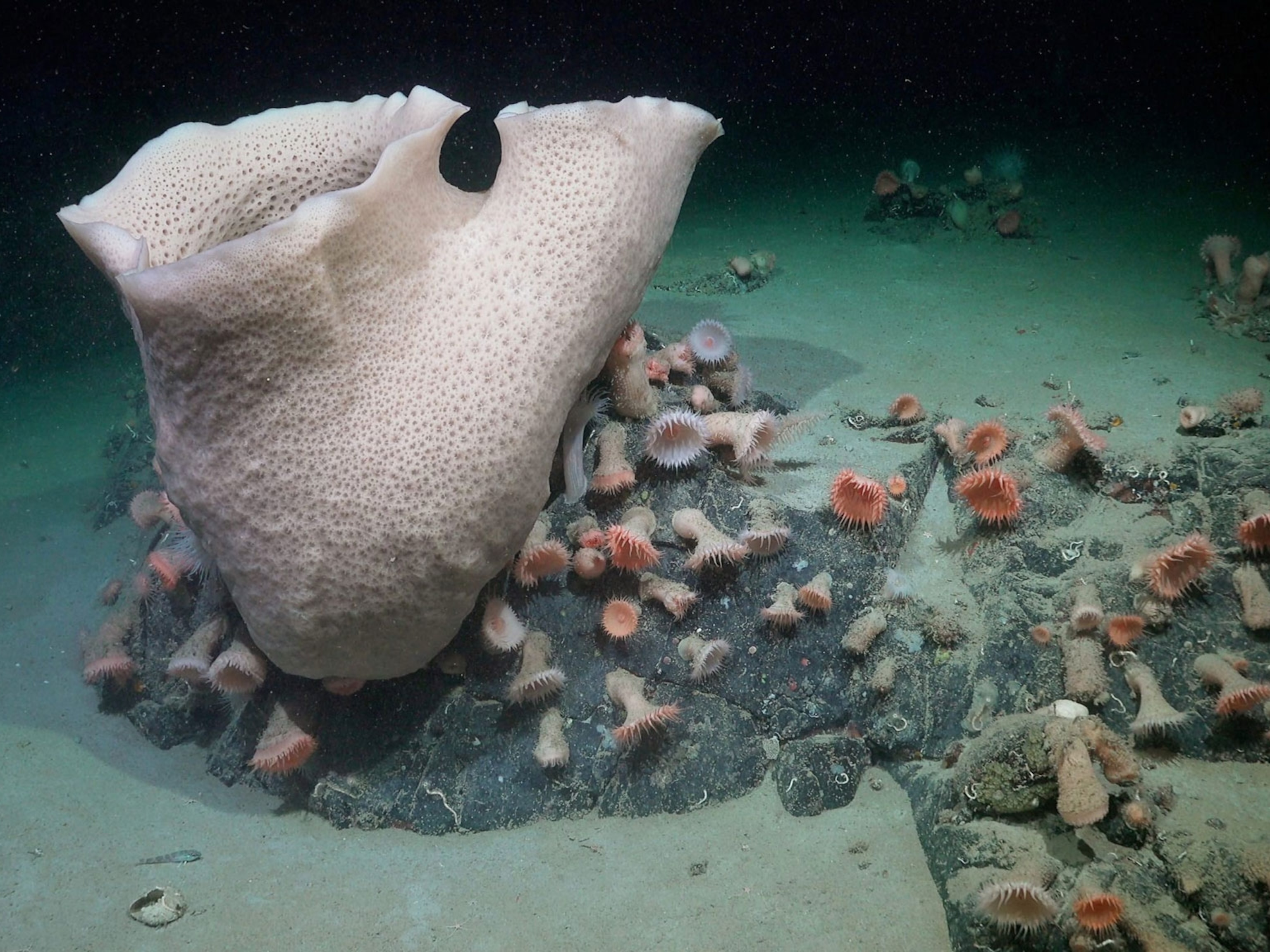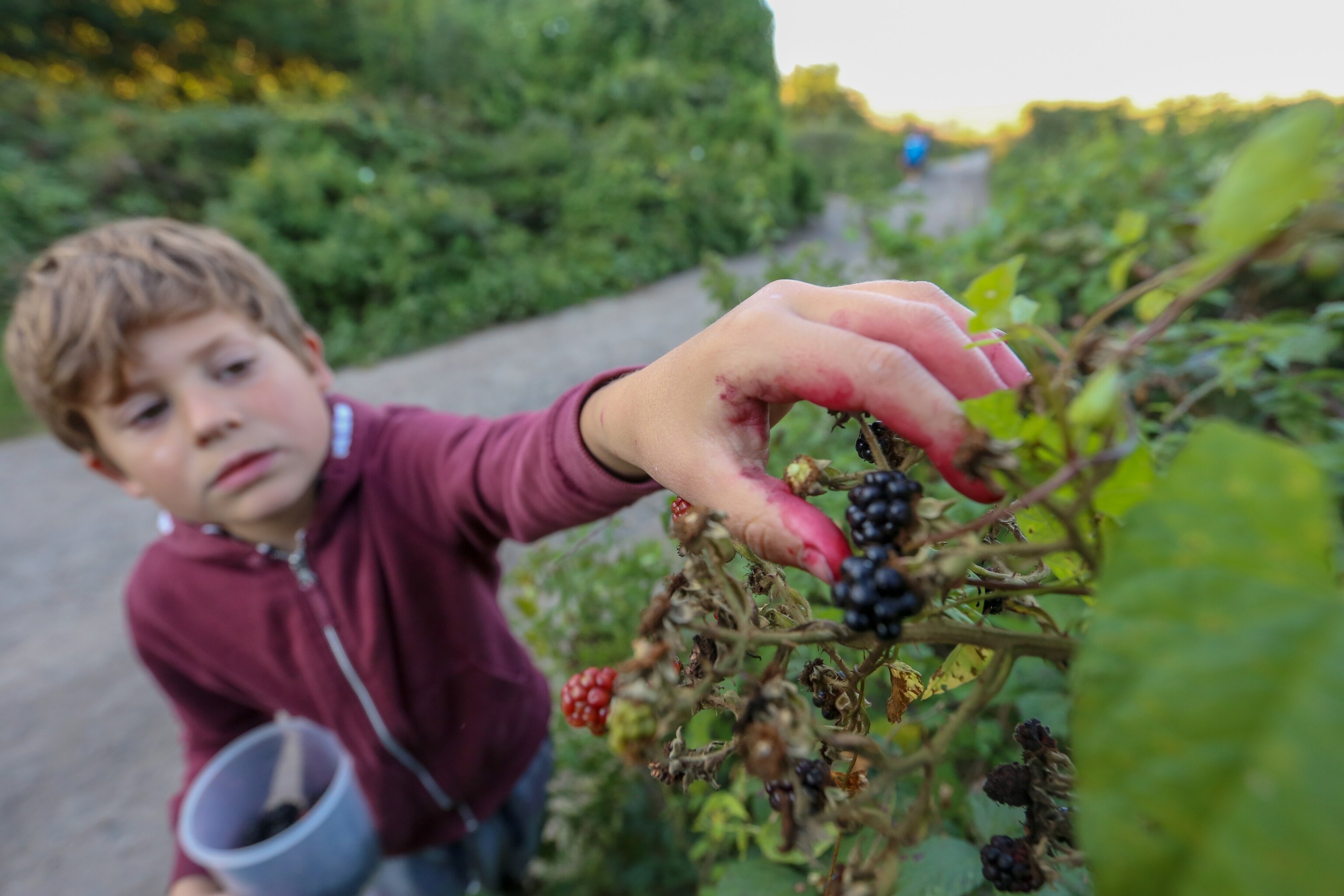
How to fight invasive plants—one bite at a time
These non-native species are a problem across the United States. Foraging for them can help ecosystems heal and help you make tasty treats.
It’s fine to shop at farmers markets and grocery stores for recipe ingredients. But what if you could gather some of them by foraging—and, at the same time, help rid your region of non-native plant species that are harming America’s ecosystems? According to the National Wildlife Federation, about 42 percent of today’s threatened or endangered species are at risk because of invasive species. Be sure to forage only in nonpolluted areas, and verify plant identity with an expert or a smartphone app. Here are four invasives to look for—and ideas for serving them up.
1. Himalayan Blackberry
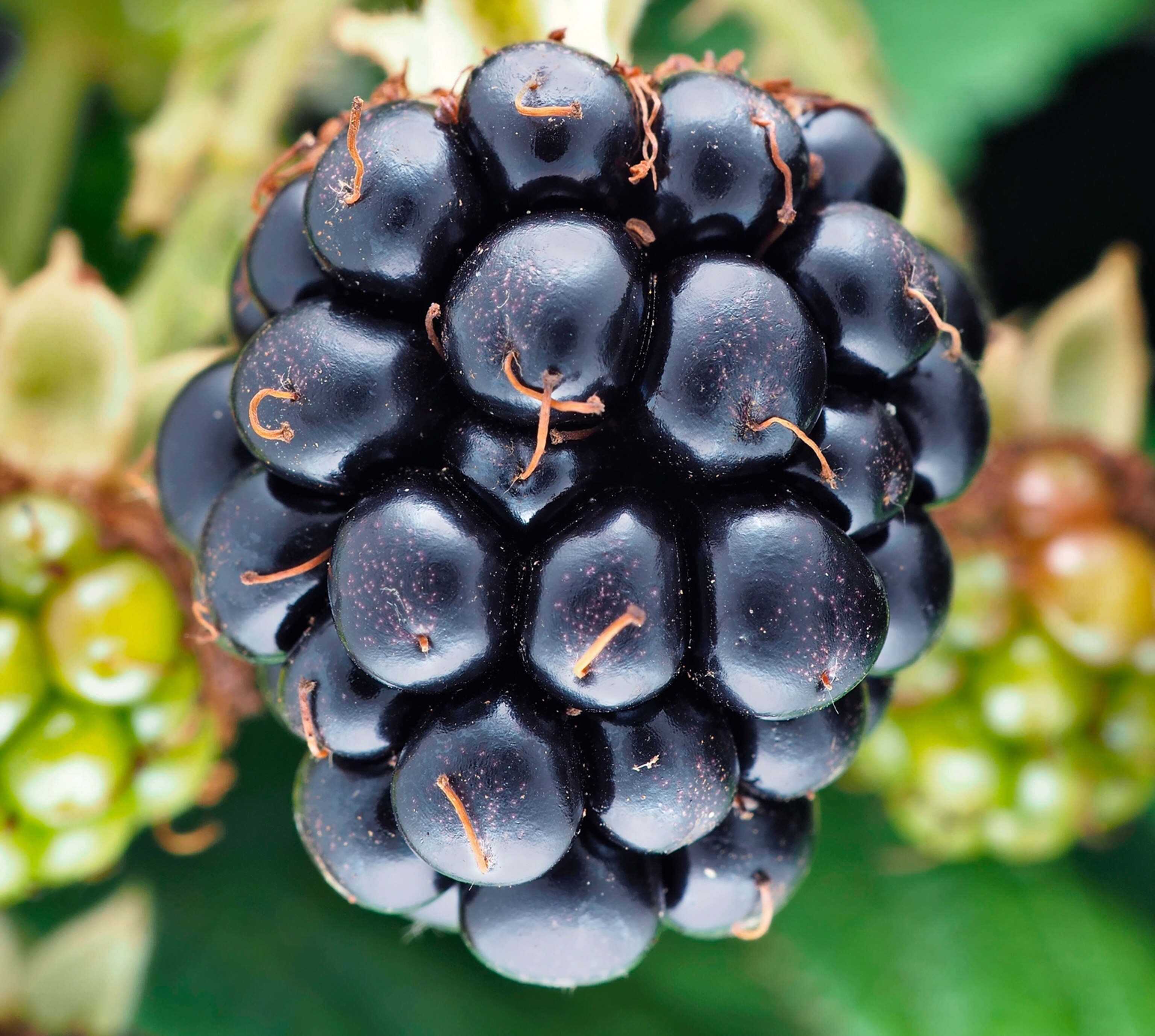
Native to Armenia, the plant has thorny thickets that smother other species, block access through woods, and injure livestock. Its fruit starts to ripen in midsummer along the edges of forests and fields and in parks across the United States. Add the berries to baked goods such as muffins.
2. Sow Thistle
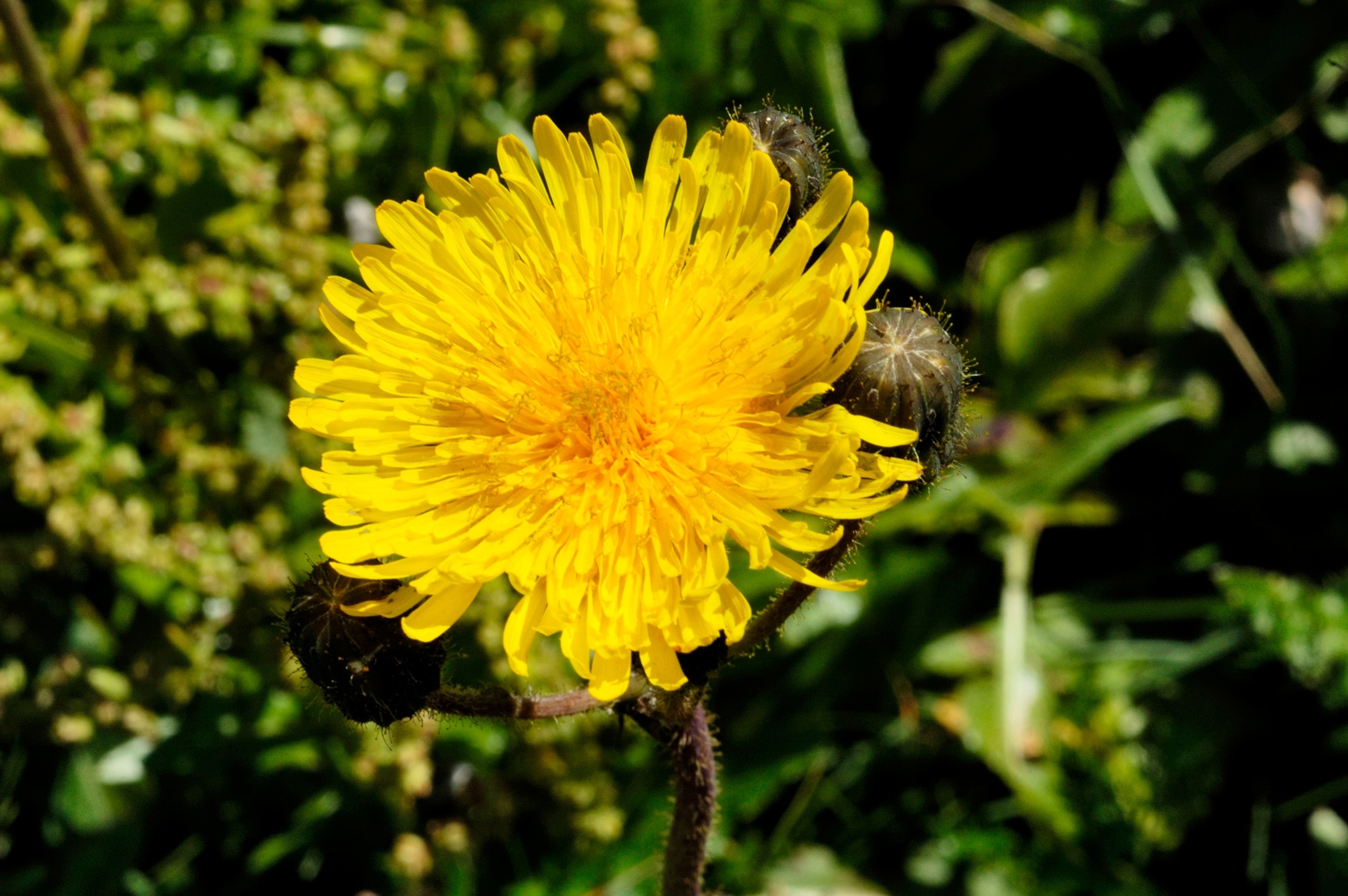
Its creeping roots crowd out useful crops and suck water and nitrogen from the soil. Native to Europe and western Asia, sow thistle grows in forests, meadows, and riverbanks all over North America in spring and summer. Try sautéing the leaves in olive oil and adding them to a quesadilla.
3. Watercress

European settlers brought this leafy green to the Colonies. It spread along waterways, crowding out native plants. Watercress now grows in most of the 50 U.S. states and Puerto Rico. Harvest it from the edge of a running stream in spring and fall to make proper watercress tea sandwiches.
4. Kudzu
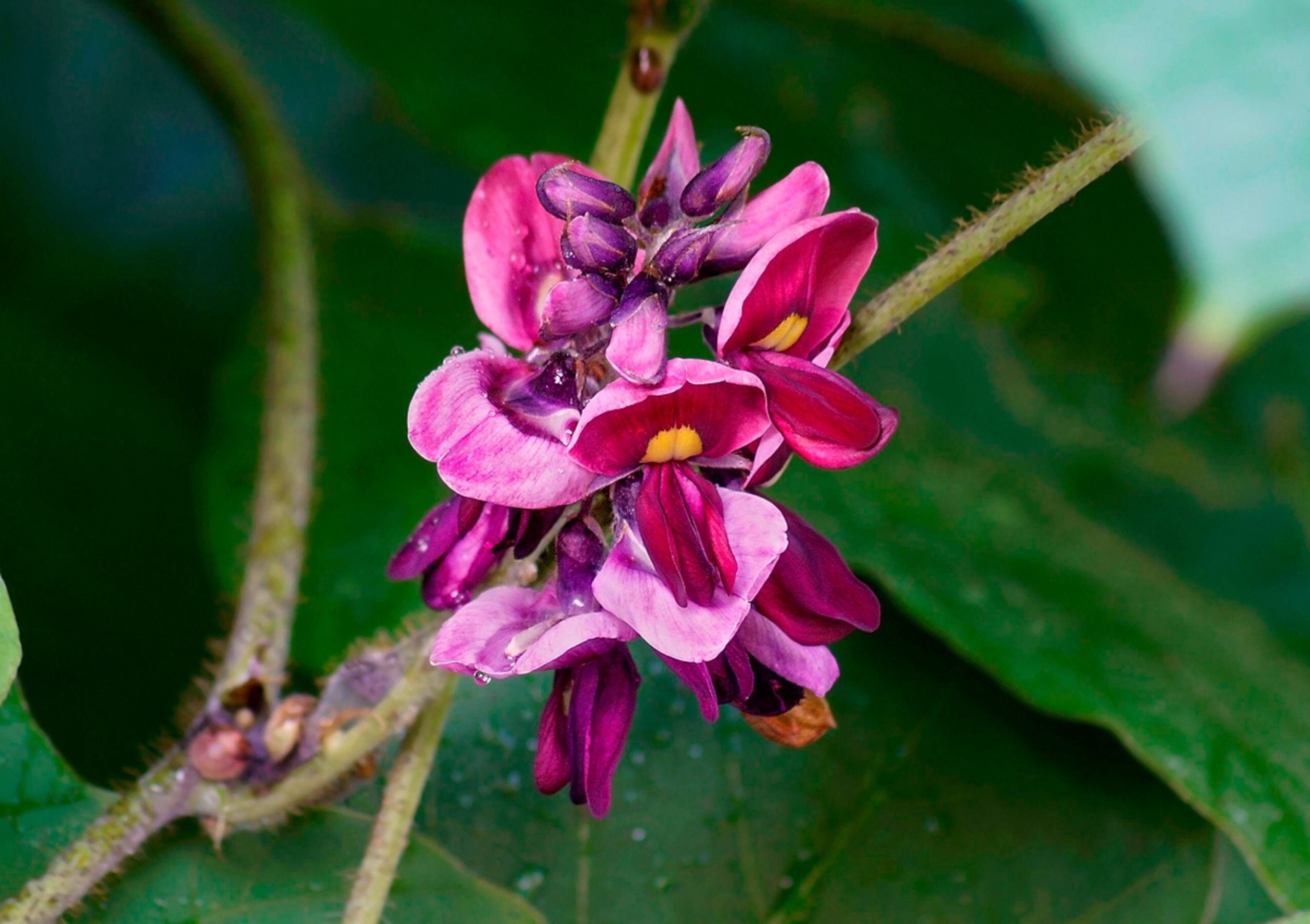
Brought to the U.S. from Japan, the kudzu vine can grow a foot a day, depriving other plants of sunlight. Its fragrant purple flowers bloom from July to September, but its leaves, roots, and vine tips are more readily available. Kudzu sprouts in forests from Texas to Massachusetts, and in Oregon and Washington. Pick flowers to use in making the thirst quencher below.
When Life Gives You Kudzu, Make Kudzu Lemonade
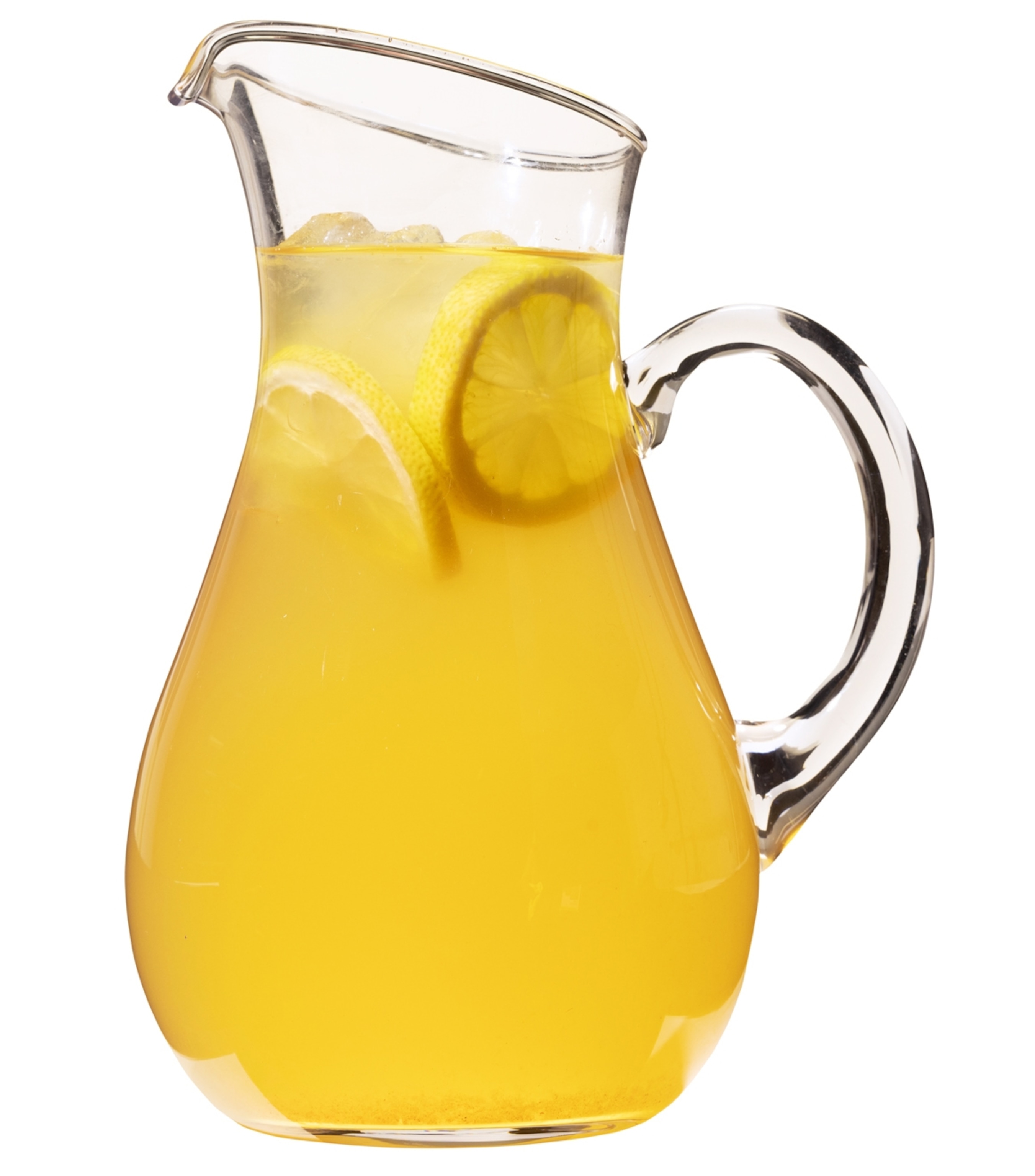
Combine one and a half cups of sugar and eight cups of water in a large pan; bring to a simmer, stirring. When the sugar fully dissolves, remove the mixture from the heat and add four cups of rinsed kudzu flowers. Let them steep for an hour at room temperature, then strain the liquid to remove the flowers. Add one cup of freshly squeezed lemon juice, and serve this bright drink over ice on a hot summer day. For more information about the plants and dishes mentioned here, visit natgeofamily.com/invasives.

